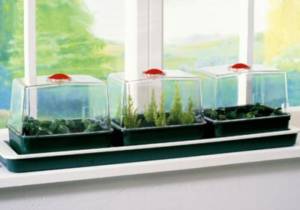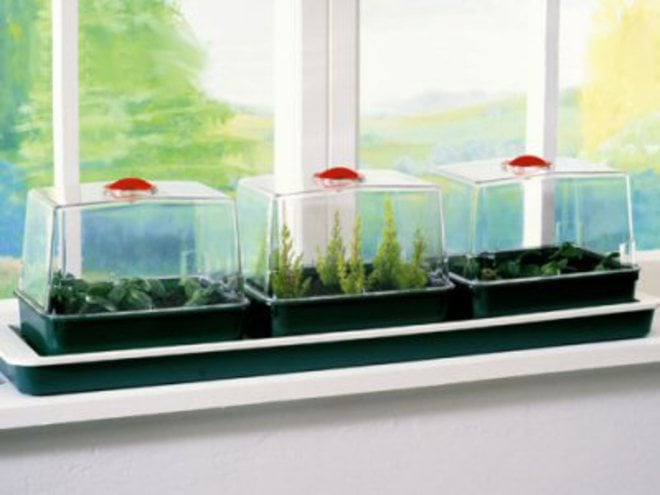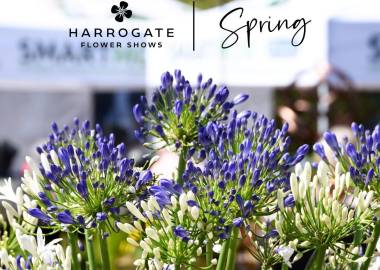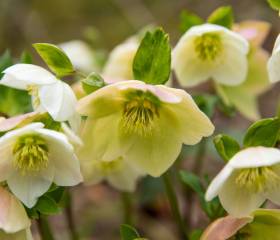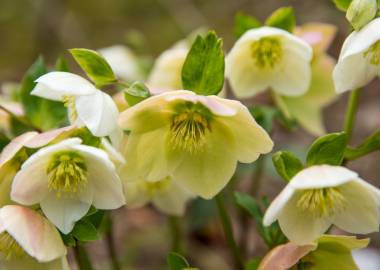Why you need a heated propagator
If your home or greenhouse lacks adequate heat, heated propagators provide a solution by exclusively warming the seed trays, saving you from the burden of heating the entire space.
Additionally, if your heated propagator has a thermostat, like our two-in-one electric propagator, you don’t need to worry about sudden drops in room temperature. Heated propagators also mean you can extend the sowing season.
They can assist in promoting successful rooting of cuttings too, and the heated mats can be used for overwintering delicate plants.


